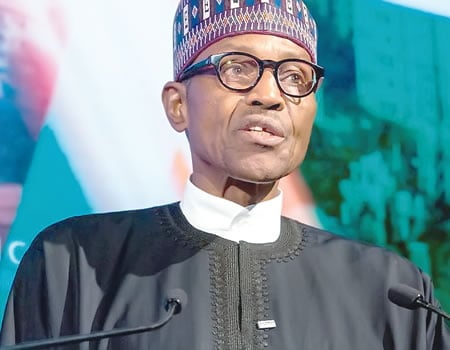Nonetheless, total public debt (federal and state governments) as at March 31, 2018, stood at N22.71 trillion or USD74.28 billion, according to figures from Debt Management Office (DMO).
Director General of DMO, Ms Patience Oniha who gave the figures in an interview in Abuja explained that the N830 billion paid to local creditors by the Federal Government between December 2017 and now was part of the restructuring of public debts being embarked upon to allow private sector access funds from the domestic market.
“The National Assembly and Federal Executive Council approved that we should raise US$3 billion to refinance domestic debts which have been raised.
“We raised $500 million in November 2017 and $2.5 billion in February 2018. Starting with the $500 million in November, we have been redeeming treasury bills.
“We redeemed the entire maturity in December and from March after we got the proceeds of the $2.5 billion we have been redeeming treasury bills as they mature. We simply staggered it so that we don’t collapse the market.
“From December till June, we have redeemed over N830 billion of Nigerian treasury bills.
“Technically, all of those funds are in the system and have been released to investors through the banks, through the pension funds, insurance companies and our expectation is that those funds are now in the market for lending to the real sector because that is our first objective.
“The second objective which is beneficial to the economy as a whole is that with over N800 billion pumped into the system, interest rates have dropped, the FGN rate which is the benchmark rate has dropped from about 18.5 percent in January 2017 to between 11 and 14 percent presently, which is significant”, she narrated.
According to her, the development has led to a drastic fall in interest rates “It means that cost of borrowing in the domestic market has dropped, but more importantly it means any corporate who issues bonds or commercial papers can do that at a lower rate and that speaks to the entire economic strategy of ensuring that the private sector can access funds and contribute to development.
“Let me also add that with the implementation of Debt Management Strategy which talked about an external debt to domestic debt ratio of 40 per cent to 60 per cent.
“With the implementation of that strategy, as at March, which is the latest data available, we are now actually at 30 per cent in terms of external debt and 70 per cent domestic debt.
“From where we are coming in 2015, that is a long haul. We were at 85/15 per cent and now we are at 30/70 so that is significant.
“The share of the external debt stock in the total public debt rose to 30 per cent as at March 31, 2018, compared to 17 per cent in 2015, 20 per cent in 2016 and 27 per cent in 2017.
“And like we said, the whole idea is to reduce the cost of borrowing, extend tenure profile of the debt, make more fund available for other borrowers in the system.”






